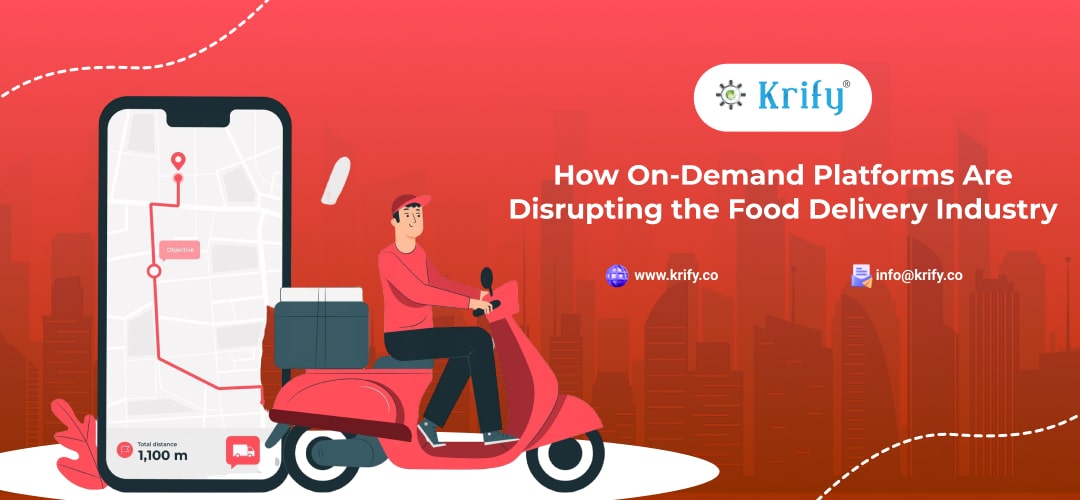The food delivery industry has transformed recently, driven by on-demand platforms like UberEats and DoorDash. These platforms have changed how consumers order and enjoy meals. Offering speed, convenience, and a vast range of options, they are disrupting traditional delivery models and reshaping the industry. Let’s explore how these platforms create opportunities, challenges, and influence consumer behavior.
Convenience and Speed Redefined
On-demand platforms offer unparalleled convenience, revolutionizing the food delivery industry. Consumers no longer need to call restaurants or wait for uncertain delivery times. With just a few clicks, they can browse menus, place orders, and track deliveries in real time. This ease has led to a huge rise in demand, especially among urban consumers with fast-paced lifestyles.
These platforms also prioritize speed, using algorithms and GPS tracking to ensure quick, accurate deliveries. The immediacy enhances customer experience and caters to the demand for instant gratification in today’s digital world.
Expanding Choice and Accessibility
On-demand platforms offer a wide range of dining options. Consumers are no longer limited to local takeout but can choose from diverse restaurants, including high-end establishments and international cuisines. These platforms enable restaurants to reach wider audiences without building in-house delivery services.
They also extend services to suburban areas and smaller towns, providing access to restaurant-quality meals. This democratizes food delivery, allowing more people to enjoy varied dining experiences from their homes.
New Revenue Streams for Restaurants
For restaurants, partnering with on-demand platforms opens new revenue streams. They can grow their customer base and boost sales without managing their own delivery system. This is particularly beneficial for smaller restaurants.
During the COVID-19 pandemic, when dining rooms closed, these platforms became essential for restaurants to stay operational. Delivery platforms helped many businesses survive during lockdowns, maintaining their revenue flow.
Data-Driven Insights and Personalization
On-demand platforms use data analytics to enhance delivery processes and customer experience. They collect data on customer preferences and order histories, allowing them to offer personalized recommendations.
For restaurants, this data helps understand customer behavior, identify popular items, and improve operations. It also aids in inventory management, reducing waste and increasing profitability.
Challenges and Controversies
On-demand platforms face challenges, particularly with commission fees ranging from 15% to 30%, which hurt restaurant profit margins. This has led to debates over fair pricing models.
Another issue is the treatment of delivery drivers, who are often classified as independent contractors without benefits like health insurance or paid leave. This has sparked ongoing debates about gig worker rights and protections in the food delivery sector.
The Future of On-Demand Food Delivery
The future of on-demand food delivery looks promising, with advancements like drone deliveries, autonomous vehicles, and AI-powered systems. These technologies could reduce delivery times and improve efficiency.
The rise of “cloud kitchens” – delivery-only kitchens without storefronts – is also disrupting the industry. These kitchens allow restaurants to focus solely on delivery, cutting costs and reaching broader audiences through on-demand platforms.
Conclusion
This is how On-Demand Platforms are disrupting the food delivery industry, offering convenience, speed, and increased choices for consumers while creating new revenue opportunities for restaurants. Despite challenges such as high commissions and worker rights issues, the future looks bright with continued technological advancements. Platforms like Krify, known for developing innovative mobile and on-demand applications, are helping shape this dynamic industry, making food delivery a vital part of modern life.
Similar Blogs



